Rural economic development cannot ignore the role of craft villages, especially traditional craft villages. In fact, craft villages have been creating many job opportunities, not only for people of working age but also for the elderly, the disabled, and children, helping to increase income and narrow the gap between rich and poor in rural areas. However, to preserve and develop craft villages, sustainable directions are needed.
Currently, the preservation and development of traditional craft villages integrating multi-value culture, associated with tourism development requires the participation of the entire cultural sector, localities, enterprises, cooperatives and the solidarity and determination of the people and artisans of the craft villages.
Sustainable development of craft villages
The capital Hanoi , is known for its 1,350 craft villages and villages with crafts, converging 47/52 crafts out of the total number of traditional crafts in the country. The city currently has 322 craft villages and traditional crafts that have been recognized in 23 districts, towns, and cities, including 274 craft villages and 48 traditional craft villages. Each craft village has its own identity, creating unique, sophisticated products, imbued with national cultural identity.
The products of the craft village are diverse, with many types, mostly beautiful designs, good quality, and competitive in domestic and foreign markets such as: Garment products; ceramics; weaving and embroidery, traditional lace; wooden products for consumption and construction, mechanical products, agricultural and food processing, etc.
In Van Phuc, Ha Dong district, there are currently 400 households participating in silk production and 244 households producing in the craft village industrial cluster, with an annual silk output of 1.7 million meters of various types of silk, with an estimated revenue of 115 billion VND/year. In addition to silk weaving, there are also 150 family-owned shops selling silk-related products. Every year, Van Phuc also attracts tens of thousands of domestic and foreign tourists to visit and shop.
Appreciating the economic value that traditional craft villages bring to local people, Thai Nguyen province has soon established a project to plan existing craft villages in the province. Up to now, Thai Nguyen has 88 craft villages and 184 traditional craft villages, with the main industries being processing and preserving agricultural, forestry and aquatic products; producing wooden, rattan and bamboo products; producing and trading ornamental plants. Craft villages and traditional craft villages are currently creating regular jobs for more than 42 thousand workers, with an average income of 4.5-5 million VND/person/month.
According to Ms. Tong Thi Xuyen, Head of the Trung Thanh 2 Tea Village Management Board, Phu Luong District, Thai Nguyen Province, to promote the local traditional tea brand, the tea village tourism model was born. This is an important product promotion channel that helps local people constantly innovate product designs, improve the quality of traditional tea products to attract tourists to the land of the most famous tea in Thai Nguyen.
The growth of craft villages not only in Hanoi and Thai Nguyen but also in most localities in the country has partly shown that the production activities of this type are increasingly being improved and developed. However, in general, it shows that some traditional craft villages are gradually fading away, and some traditional occupations are even at risk of disappearing from social life.
There are many reasons for the decline of traditional craft villages, but the most prominent is the lack of raw materials for production... For example, in the bamboo and rattan weaving industry, currently 600 craft villages across the country are having to import raw materials to maintain production.
According to incomplete statistics of the Ministry of Agriculture and Rural Development, the country currently has 1.5 million hectares of sedge, bamboo, and rattan; of which, about 600 hectares are FSC certified, with a total reserve of about 9.5 billion plants, an average exploitation of 500-600 million plants, but the consumption demand is up to 900 million to 1 billion plants/year.
Therefore, to have raw materials for production, the immediate solution is to import raw materials from China, Laos, and Cambodia. Therefore, the urgent requirement in many localities with traditional craft villages in general, and the bamboo and rattan weaving sector in particular, is to quickly develop a plan for raw material areas, create linkages in product consumption, thereby restoring traditional craft villages.
Developing craft village tourism
In order to facilitate the development of craft villages and rural industries, the Government and the Prime Minister have issued many support mechanisms and policies. These include direct impact policies such as Decree 52/2018/ND-CP dated April 12, 2018 on Rural Industry Development and Decision 801/QD-TTg dated July 7, 2022 of the Prime Minister approving the program for Preserving and Developing Vietnamese Craft Villages for the period 2021-2030; in which, many support mechanisms and policies have been introduced such as: Production premises, credit support, trade promotion, branding, vocational training, etc. From there, localities have proposed many plans to develop and preserve craft villages, in which the development of craft village tourism is being promoted by many provinces.
According to the Office of New Rural Development Coordination of Thai Nguyen province, the province has issued many activities to promote and preserve the cultural and historical values of rural craft villages. Notably, the province has developed a project to develop tourism in Thai Nguyen province for the period of 2021-2025, with a vision to 2030, including building and developing tourism products, developing tourism human resources, and identifying tourism development in which rural craft village tourism becomes an important economic sector. In the period of 2018-2023, Thai Nguyen province has allocated nearly 3 billion VND to implement support policies for traditional craft villages.
Regarding Hanoi city, Deputy Chief of the Office for New Rural Area Coordination Nguyen Van Chi said that the city will proactively coordinate with central units and domestic and international organizations to effectively implement the program of preserving and developing craft villages, thereby contributing to raising awareness for traditional craft villages to focus more on innovation, design, etc. so that handicraft products can both preserve the cultural identities of the homeland and the country; at the same time, there are breakthrough improvements suitable for the modern integration trend, affirming the position of Hanoi craft village products "Convergence - crystallization - diffusion" with the whole country and the international market.
On the occasion of the Spring of Quy Mao 2023, the impressive product set named "Spring Party" by artisan Nguyen Tan Phat in Son Tay town (Hanoi) brought excitement to visitors from all over, contributing to creating beautiful images in Duong Lam ancient village.
According to artisan Nguyen Tan Phat, researching highly applicable designs to serve tourists is one of his top priorities, because according to him, art is to serve the aesthetic needs of consumers.
In addition to the efforts of artisans from craft villages and localities, and the open policies of the Government, the Ministry of Agriculture and Rural Development is also continuing to closely coordinate with ministries, branches, and localities, creating favorable conditions for craft villages, artisans, skilled workers, and handicraft designers to stick with their professions and craft villages, spreading beauty and positive values to the community.
Minister of Agriculture and Rural Development Le Minh Hoan said that preserving and promoting the value of traditional craft villages is one of the important contents in rural economic development, contributing to the new rural construction program and improving the quality of life of rural people.
Source




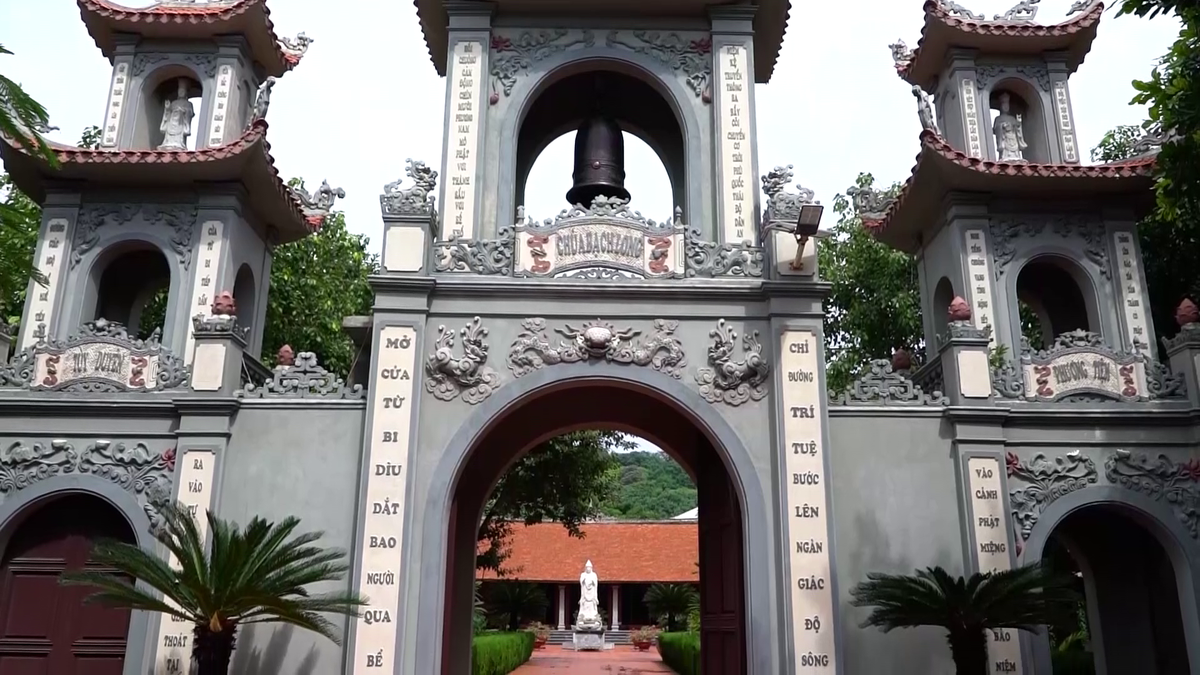




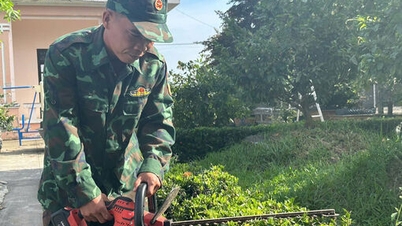

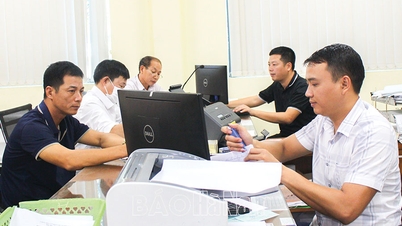


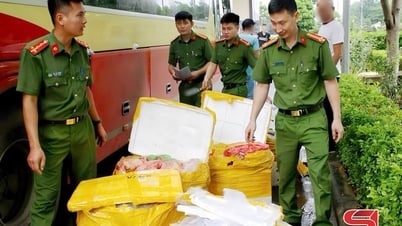

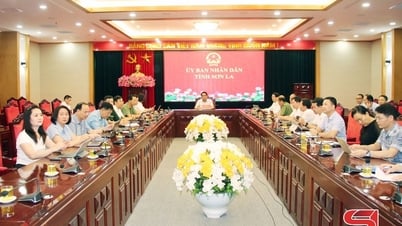

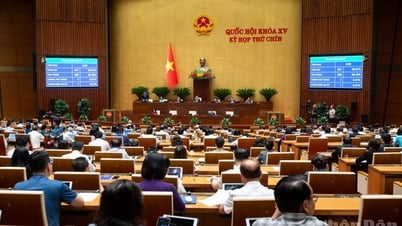
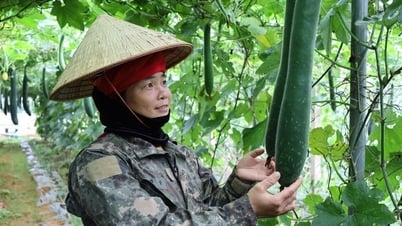
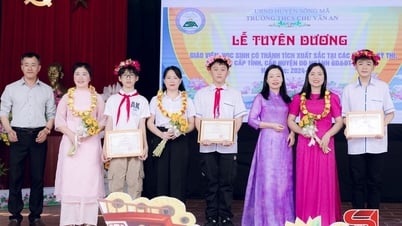





























































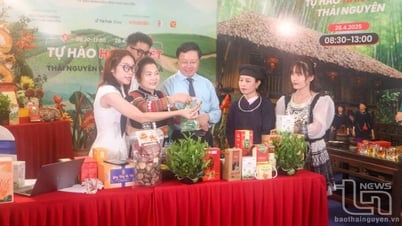





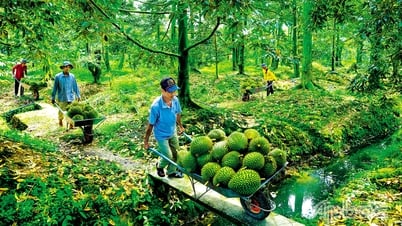



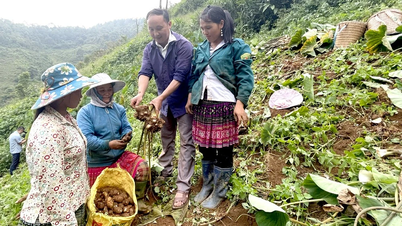













Comment (0)